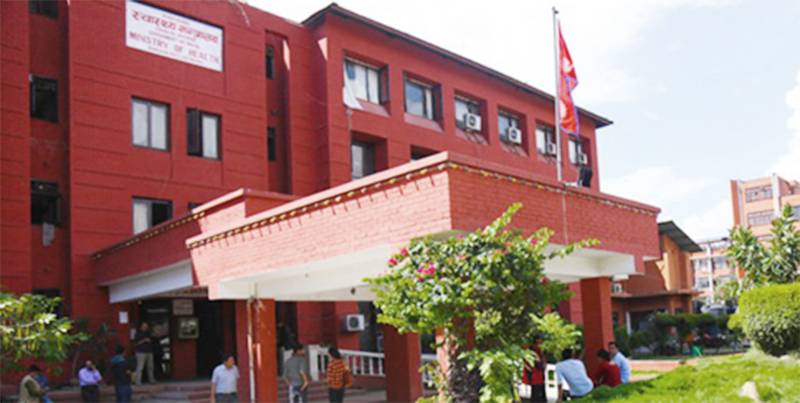6,000 more beds for COVID-19 patients in Kathmandu valley
- Meant to isolate asymptomatic cases
- Not enough: Experts
Kathmandu, August 27
The government has decided to set up 6,000 beds in Kathmandu valley to isolate asymptomatic COVID-19 patients, but health experts say that the number is inadequate, as the number of COVID-19 cases was rising sharply in the valley.
Assistant Spokesperson for the Ministry of Health and Population Samir Kumar Adhikari told THT that the 6,000 isolation beds the government wanted to set up in Kathmandu valley soon would be enough to deal with the rising number of cases for a few months. He said if the number of patients continued to surge, then the government would arrange more isolation beds. “The ministry hopes that most asymptomatic patients can stay in self-isolation at their home. But that will depend on their neighbours as well.
In some places, neighbours have made lives of COVID patients difficult. Neighbours should not stigmatise COVID patients,” he added.
According to Adhikari, the national COVID-19 positivity rate is between five and six per cent, with one exception — 16.5 per cent on July 3.
“The World Health Organisation has recommended certain measures for positivity rate below 12 per cent and a different set of measures for the rate exceeding 12 per cent. Our COVID-19 transmission rate is below 12 per cent. This means the current measures will continue to be enforced,” he said.
According to Adhikari, 80 per cent COVID cases are asymptomatic and can recover in isolation, while 20 per cent of the patients are symptomatic and need to be hospitalised. Fifteen per cent patients need intensive care, while five per cent need ventilator support.
Critical Care expert Subhas Acharya said 6,000 isolation beds would be occupied within a month if the number of COVID patients rose by 200 a day in Kathmandu valley, but if the number rose by 500 a day, 6,000 beds would be occupied within 15 days even if 50 per cent of the infected people isolate themselves at home.
Acharya alleged that the government had no concrete plan to fight the pandemic.
“No intensive care unit is vacant in government hospitals in Kathmandu. If a patient needs to be admitted to ICU, s/he needs to call dozens of hospitals to check if they have ICU beds available,”
Acharya said. He added that in Kathmandu not more than two private hospitals had admitted patients to ICU.
Acharya said the government recently mandated private hospitals to allot 20 per cent of their beds to COVID patients, but the government did not mention about ICU beds as a result of which private hospitals were not allotting ICUs for COVID patients.
“Poor and middle class families cannot afford treatment at private hospitals and government hospitals do not have any vacant ICU,” he added.
Lalitpur Chief District Officer Narayan Prasad Bhatta told THT that the government had decided to set up quarantine centres with a capacity of 6,000 beds and the local administrations were identifying private and government buildings, hostels and hotels that could be used as quarantine centres. Bhatta said local municipalities and metropolis were also setting up quarantine and isolation centres.
Kathmandu Chief District Officer Janak Raj Dahal said government agencies and local governments were trying their best to utilise the lockdown period to increase preparedness against COVID, but he was concerned whether those agencies would be able to have the required number of isolation beds and other infrastructure ready during the current lockdown.
A version of this article appears in e-paper on August 28, 2020, of The Himalayan Times.






